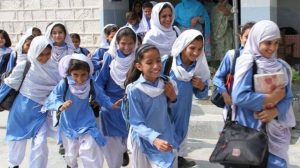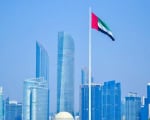As summer approaches, Pakistan gears up to face the challenges of three anticipated heat wave spells in May and June, as predicted by the National Disaster Management Authority (NDMA) and the National Emergency Operation Center (NEOC).
The NDMA issued an advisory highlighting the areas most susceptible to severe heat, including Umarkot, Tharparkar, Tindullah Yar, Matiari, Sanghar, Bahawalpur, and Rahim Yar Khan districts. Temperatures are expected to soar, reaching up to 40 degrees Celsius during May 15 to 30.
The first heat wave spell, lasting two to three days, is expected to hit initially, followed by a more prolonged second spell towards the end of May, lasting four to five days. June will bring even hotter temperatures, with the mercury potentially touching 45 degrees Celsius. The NDMA spokesperson warned of a third heat wave spell likely in the first 10 days of June, lasting 3 to 5 days.
The impact of these heat waves will not be limited to humans but will also affect other living beings. The NDMA advises taking precautionary measures ahead of the anticipated spells, especially for vulnerable groups such as children, older people, and those with chronic diseases or disabilities.
Heat waves can have severe health consequences, including heat strokes, cramps, and exacerbation of existing health issues. They can also lead to chronic diseases like diabetes and, in extreme cases, result in death. The country’s previous experience with heat waves, particularly the devastating heat wave in 2022, serves as a sobering reminder of the importance of preparedness and preventive measures.
As Pakistan braces for the heat waves, it also prepares for the onset of the monsoon season, which brings its own set of challenges, including flash floods and torrential rains. The authorities urge the public to stay informed, stay safe, and take necessary precautions to mitigate the impact of these weather phenomena.
















